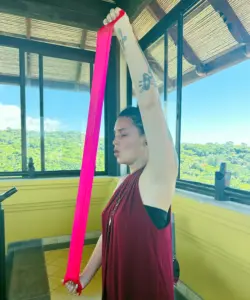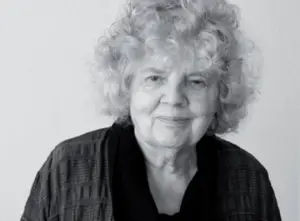Lichtenberger Method
Sound & perceptual oriented singing
The Lichtenberger method is a sound oriented voice method in which sound development is addressed by stimulating sensory perception and asking specific questions. A method in which auditory acoustic perception plays a highly differentiated and vital role.

You will become aware that the observation and the sound itself will lead the process: not a preconceived motor concept.
This means, we don’t use exercises to control the voice, but we’d rather learn to be guided by sound sensory perception. We do this through body and thought stimulations on one tone and one vowel. These small stimulations can have the greatest possible effect.
A broader frequency spectrum in your voice will appear and lead your larynx in a healthy quality.
It establishes a profound contact between sound, body and psyche. In a gentle and effortless way you will gradually gain more insight into the mobility of your voice and the changing world that lies deep within yourself. Curiosity, courage and willingness to allow changes are essential in this learning process.
History
In the early 1980’s in Germany at the Institute of Ergonomics at Darmstadt University a scientific project started by singer and singing teacher Gisela Rohmert and professor in Ergonomics Walter Rohmert.
An interdisciplinary research team was concerned with analyzing and measuring the functioning of the voice. Therefore an intensive study of the body was started.

A vast range of physiological and acoustic measurement techniques were employed to register the processes that occur during the acts of singing or playing an instrument. Numerous body techniques were investigated for their effect on the sound of the voice. The aim was to find ways of applying in practice recent results of the research into singing and the playing of musical instruments.
The qualities ascribed to healthy vocal function were: freedom and ease of singing, a great vocal range, and vocal quality independent of the singer’s age. A considerably broadened understanding of the sensory relationship between our nervous system and the sound of the voice led to a new approach to the teaching of singing and playing. Subsequently, in 1982 the Lichtenberg® Institute of Applied Stimmphysiologie was founded.
